Search
Did you mean: Tulum?
Search Results
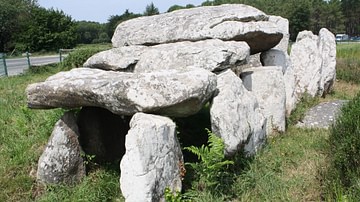
Definition
Carnac
Carnac, located on the north-west coast of France, is the site of the largest concentration of megalithic monuments in the world. Over 100 monuments, which include burial mounds, stone tombs, enclosures, and linear arrangements of menhirs...
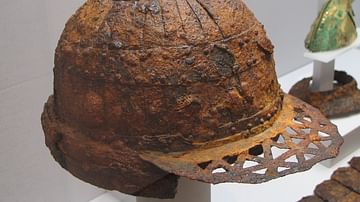
Definition
Gaya
Gaya (aka Kaya or Karak) was a confederation which ruled central-southern Korea during the Three Kingdoms period from the 1st to 6th century CE. The peninsula was dominated by Gaya's more powerful neighbouring kingdoms of Goguryeo (Koguryo...
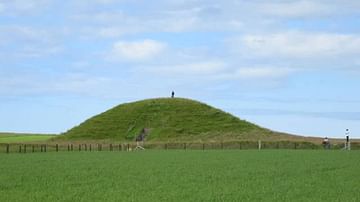
Definition
Maeshowe
Maeshowe (pronounced `maze-ow' or `maze-oo') is a large Neolithic chambered cairn, dating from between 3000-2800 BCE, in the Stenness parish of Orkney, Scotland. According to Dr. Berit Sanders, of Lund University, the name means `Meadow Mound'...
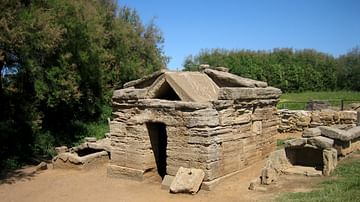
Definition
Populonia
Populonia (Etruscan name: Pupluna or Fufluna), located on the western coast of Italy, was an important Etruscan town which flourished between the 7th and 2nd century BCE. Rich in metal deposits and so noted for its production of pig iron...
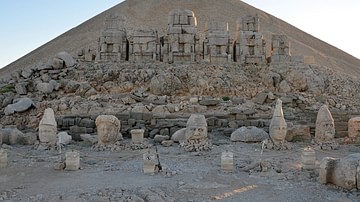
Image
Eastern Terrace of Mount Nemrut
Overview of the thrones and the heads of the gods on the eastern terrace of Mount Nemrut. From left to right: King Antiochus I, Commagene-Fortuna, Zeus-Oromasdes, Apollo-Mithras and Hercules. Mount Nemrut (Turkish: Nemrut Dağı) is one of...
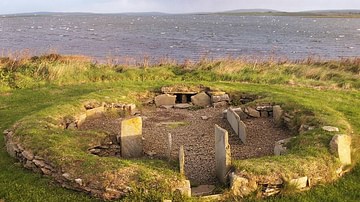
Image
Barnhouse Settlement
House Three at the Neolithic village of Barnhouse Settlement, Orkney, Scotland. Constructed and occupied 3300-2600 BCE.

Article
Ancient Korean & Japanese Relations
Ancient East Asia was dominated by the three states known today as China, Japan, and Korea. These kingdoms traded raw materials and high-quality manufactured goods, exchanged cultural ideas and practices, and fought each other in equal measure...
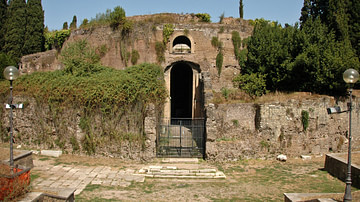
Article
Mausoleum of Augustus
The Mausoleum of Augustus was actually one of the first of many large building projects undertaken in the reign of Rome's first emperor. When the Mausoleum was completed in 28 BCE, it was easily the biggest tomb in the Roman world, a record...
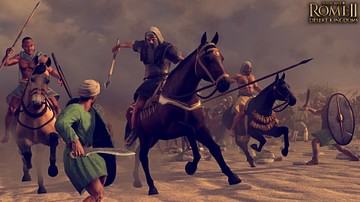
Article
The Masaesyli and Massylii of Numidia
The North African Berber kingdom of Numidia (202-40 BCE) was originally inhabited by a tribe (or federation of tribes) known as the Masaesyli, to the west, and a coalition of smaller tribes, known as the Massylii, to the east. The meaning...
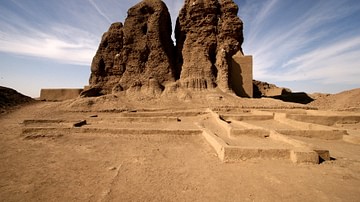
Article
Interrelations of Kerma and Pharaonic Egypt
The vacillating nature of Ancient Egypt's associations with the Kingdom of Kerma may be described as one of expansion and contraction; a virtual tug-of-war between rival cultures. Structural changes in Egypt's administration led to alternating...